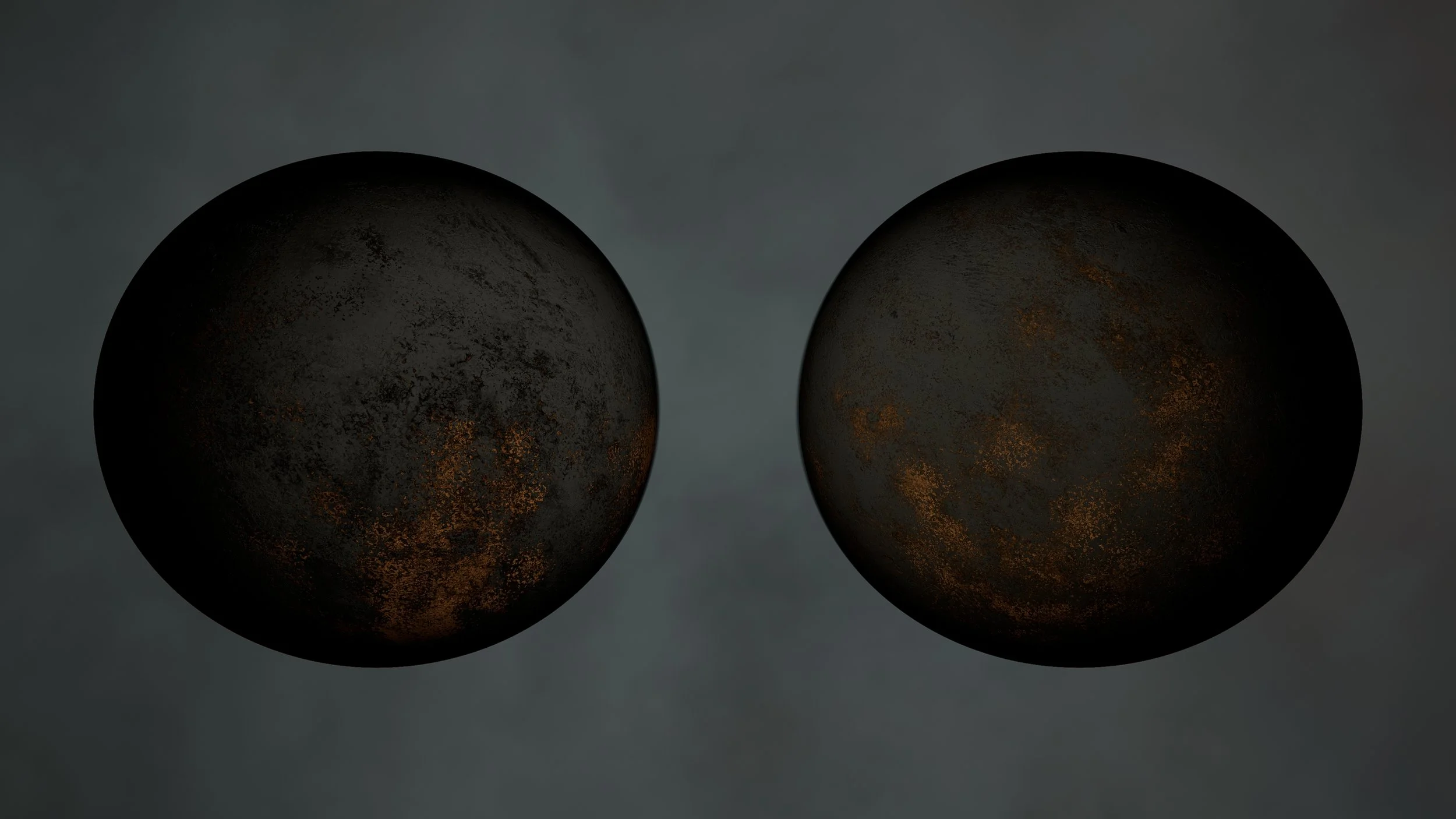Massive Binaries develops two overlapping narratives about the processes and phenomena of interactions within binary systems. The gravitational wave detection of merging neutron stars serves as one system, and contemporary polarised ideologies serves as the other. The bridging mechanism between them is the use of AI as a tool for enhancing information on the one hand, and as an eraser of truth and meaning on the other. Interactions between massive systems generate strange outcomes and new forms of information, while artificial intelligence plays a schizophrenic role of data manipulation. While the gravitational waves from the neutron star merger rippled through spacetime over tens of millions of years, clashes between increasingly entrenched belief systems caused destabilising and coercive reinterpretations of value and truth.
Massive Binaries teases out multiple possible narratives, folding and refolding fragility, complexity, loss, time, truth and risk into new forms and relationships.
Massive Binaries was developed during the Randa Art|Science Residency, which is organized by the Institut Ramon Llull and hosted by Ars Electronica and the Barcelona Institute of Science and Technology (BIST), in collaboration with the new hub of Art, Science, and Technology from Barcelona, Hac Te, and the NewArtFoundation. The project was supported by a residency at IFAE - The Institut de Física d’Altes Energies - in Barcelona
Credits:
AI assistance: Ali Nikrang (Ars Electronica Futurelab)
Unreal engine assistance: Friedrich Bachinger (Ars Electronica Futurelab)
Fabrication assistance: Benoit Duchesne
Voice-over artists: Kira O’Reilly and Eric Goode
Studio assistance: Ali Yerdel
Audio mastering: Dan Barrett (Frozen Smoke)
Stone Throwing and Ripple Making: Lila Gracie Bello








